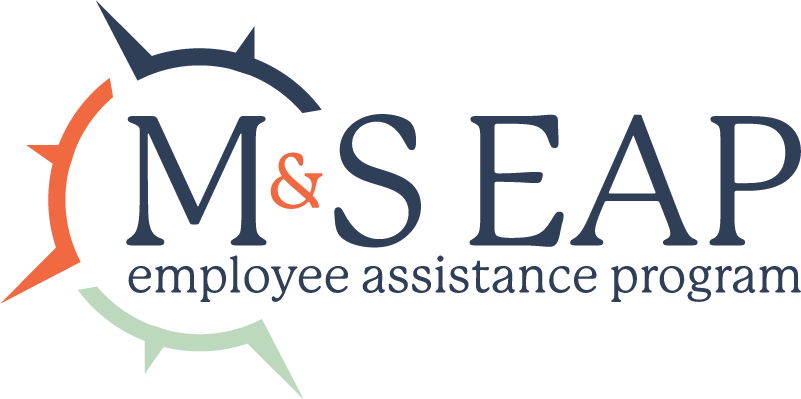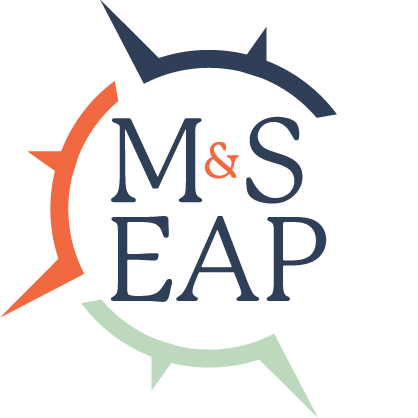Looking Back, Looking Around So We Can Look Forward: From the (Virtual) Desk of Chuck Mazzitti

One day Alice came to a fork in the road and saw a Cheshire Cat in a tree.
“Which road do I take?” she asked.
His response was a question: “Where do you want to go?”
“I don’t know,” Alice answered.
“Then,” said the cat, “it doesn’t matter.”
– Lewis Carroll, Alice in Wonderland
Now that the Fourth of July is in the rearview mirror, I know that it may be easy to feel like Alice in Wonderland. At this point in our dealing with the pandemic and recession, we can see where we have been, but it is difficult to know exactly where we are going and how we get there. I think we need to be careful about a couple of things as we move forward:
- Realize that this virus does not care about what we believe or what we want. It will follow its course regardless of how much we want it to be different.
- Try not to let political agendas influence our business decisions.
- We need to make two plans for going forward – a best-case scenario, and a worst-case scenario. By having a plan for both possibilities, we can prepare for the future without regard to our own biases or politically-driven agendas. Being prepared for every eventuality will allow us to be flexible should conditions change quickly.
To get started on this process, let us begin by looking at our response to the past four months. Were you forced to close your business? Or, were you able to continue operations by making modifications? What steps did you take to provide a safe work environment, and to care for the mental and emotional well-being of your employees? Looking back, is your business capable of adapting to new ways of doing things, or is your operating model one that is only successful under the right conditions? Can you incorporate the essential elements of current workplace safety and staff care into a profitable business plan going forward?
What many of us have found is that we can continue to provide goods and services by altering our approach to operations. Did the adjustments you made allow you to continue without missing a beat, or did they simply help you to survive for now? If your response only allowed for survival, then your business will be susceptible to the damaging effects of a prolonged pandemic, or a future event similar in nature. If you were able to continue operations successfully by adapting, then the future can be brighter by incorporating many of those adaptations into your operations.
I believe that one of the keys to success as we navigate this pandemic is to embrace technological advancements that allow us to meet our customers’ needs in new ways. The availability to ramp up technology-based solutions not only kept many businesses alive, but also provided a look at how effective and efficient some of these solutions can be. Some of the emerging trends that will continue beyond the pandemic include:
Virtual Conferencing
The number one downloaded app during the pandemic was Zoom. As time passed, most people became comfortable with virtual meetings. The ability to hold meetings with distant clients on a video platform can greatly improve operational efficiency. The time and travel savings generated will reinforce this as an option going forward. There may be some “video conference fatigue” right now, because the current climate forced many of us to have meeting after meeting, with some lasting for hours. This use trend should normalize to a place where the video conference meetings are strategically used and less frequent. Then they can become an accepted part of the regular operational toolbox.
Virtual Events
Currently seen as a necessity, virtual events will become more mainstream. With virtual events, you can greatly increase the number of attendees, while dropping the costs for travel, food, lodging and conference space. The future of conferences may be in-person events, virtual events, or a combination of both. Virtual events also offer the opportunity for accommodating more attendees from different locales. Because virtual events have specific time schedules for sessions and activities, participants can return to their normal work activities when they are not participating in a specific session or activity.
Telework
This is another shift in business operations that is not going away. While it requires an investment in technology, the long-term benefits outweigh the costs. As many people became comfortable with telework during the pandemic, this option as an acceptable, or even preferred, work environment will continue to gain traction. If your operation – or part of it – can accommodate this option, you should seriously consider adding it to the workplace toolbox going forward. This option may be something that future employees look for in their job searches. Having this flexibility will give you a leg up in the competition for talent.
Staff Mental Health Considerations
The pandemic will force us to look at the supportive services we provide for staff. Do we have the services and resources available for staff to process the strong emotions associated with their work and their lives? Your employees are under constant stress due to the fear and uncertainty created by this pandemic. The stress is cumulative, and can severely affect their ability to perform their work duties. Here are some of the emotional and physical effects we see in those reaching out to us for assistance:
- Increased isolation – major effects include social disconnection, anxiety and depression
- Less emotional control
- Increased fear of losing control
- Heightened stress, anxiety and depression
- Increased alcohol and drug abuse as a way to self-medicate
- Increased comfort food dependence
- Increased food insecurity for those who have lost employment
- Less overall happiness
- Increased severity of domestic violence and child abuse
- Increase in suicidal ideation and attempts
The Employee Assistance Program (EAP) is an excellent resource. Make sure your staff is aware of its availability. Training for supervisors, managers and employees can raise awareness of the impact of stressors and educate them on available resources. We are currently fielding many requests for training and orientation sessions that deal with these issues.
Goods and Services Delivery – Hybrid Service Delivery Possibilities
Just like energy generation, our approach to service delivery does not have to be a choice between two options. We build hydroelectric dams where there is water; we put up windmills where it is windy; and we install solar panels where there is an abundance of sunlight. Natural gas and nuclear power are options where they make sense. Service delivery can function much the same way. We can work with clients in person, on the phone or through teleconferencing. We can bring our goods and services to them through the internet with a robust web-based interactive option. They can come to us, or we can go to them.
Flexibility in service delivery may also give us an opportunity to keep older employees who may be tired of full time work and a daily commute. Their experience and dedication to their work make them attractive as ongoing assets. Allowing them the flexibility to work from home, work part time, and utilize their talents could provide a workforce complement that does not need benefits or office space. This is certainly something to consider.
As we plan for the future of our businesses, I believe it will be important to take some of the lessons from our current situation and apply them to our operations going forward. I do not think that a wholesale replacement is necessary, but I do think there are opportunities in front of us that can enhance the way we do business and deliver our goods and services. Because people – our employees and customers – drive our businesses, there should always be a place for human interaction. Without it, relationships may become superficial at best, and the trust and confidence that comes from meaningful relationships will disappear. If that happens, future business decisions will be driven by cost and short-term satisfaction. They will not be made by the deeper value that is evident in long-term, personalized, relationships.
Looking ahead, we need to have some idea where we want to go, and then build that into a reality. Our vision, planning, goals and engagement will win the day. Resilience and flexibility are the keys to long-term success. The lessons we learn from today, and the opportunities we identify and seize, will define our business viability in the years to come. Alice and the Cheshire Cat should stay in the storybooks.
“This time, like all times, is a very good time if you but know what to do with it.”
– Ralph Waldo Emerson



